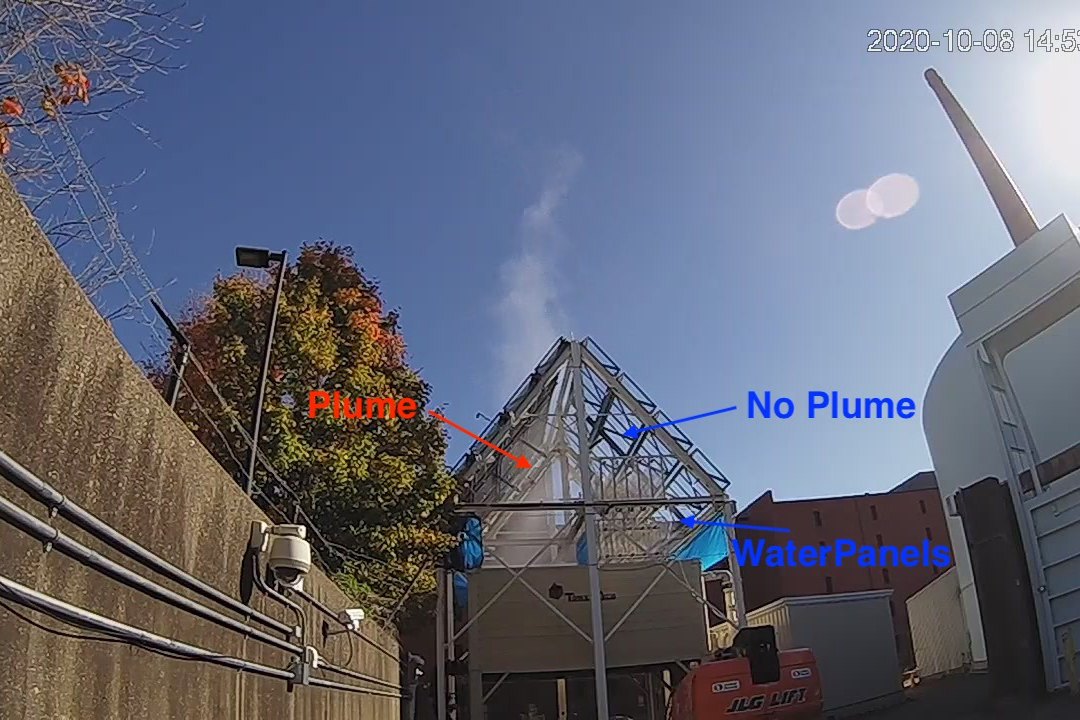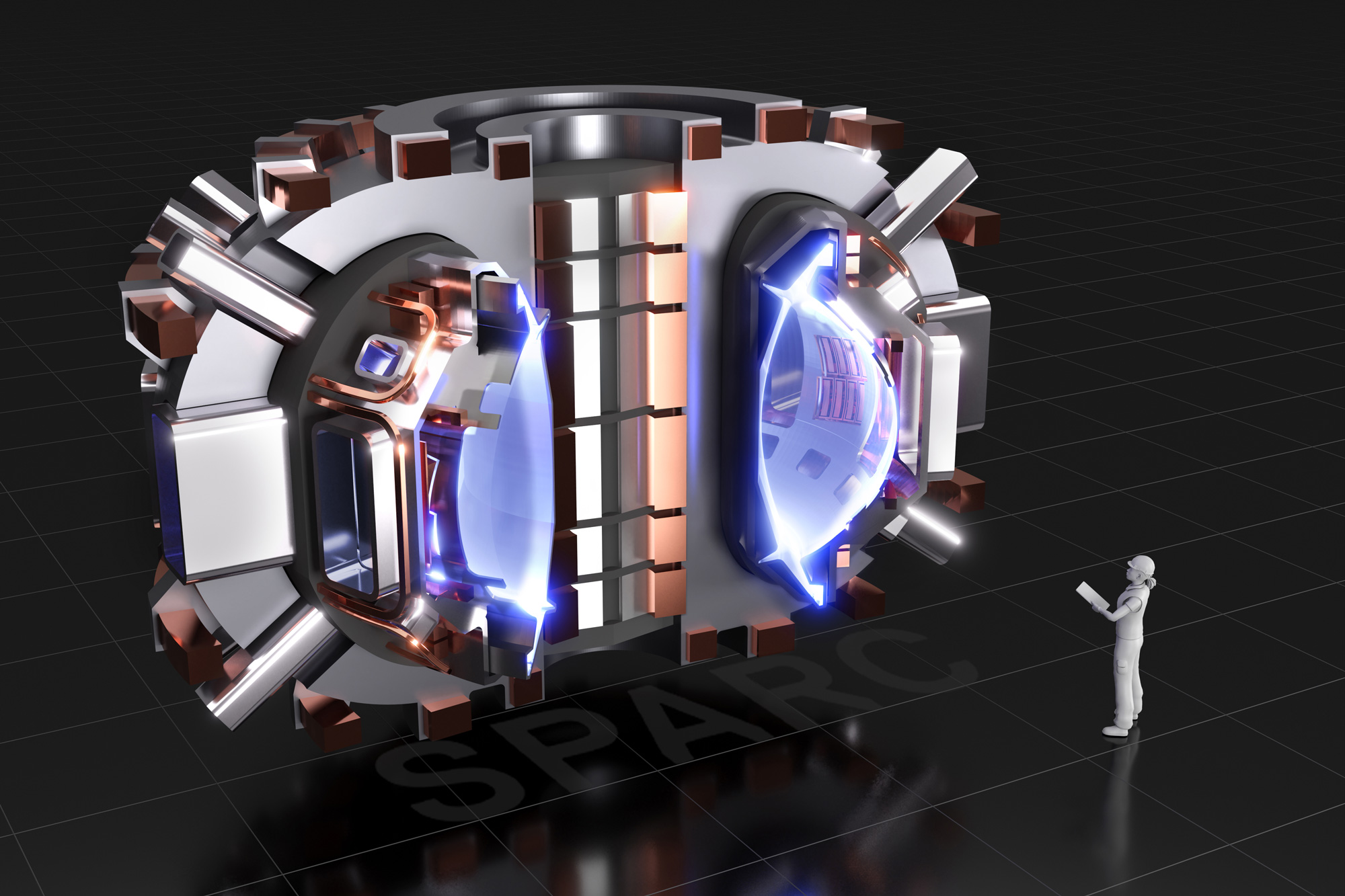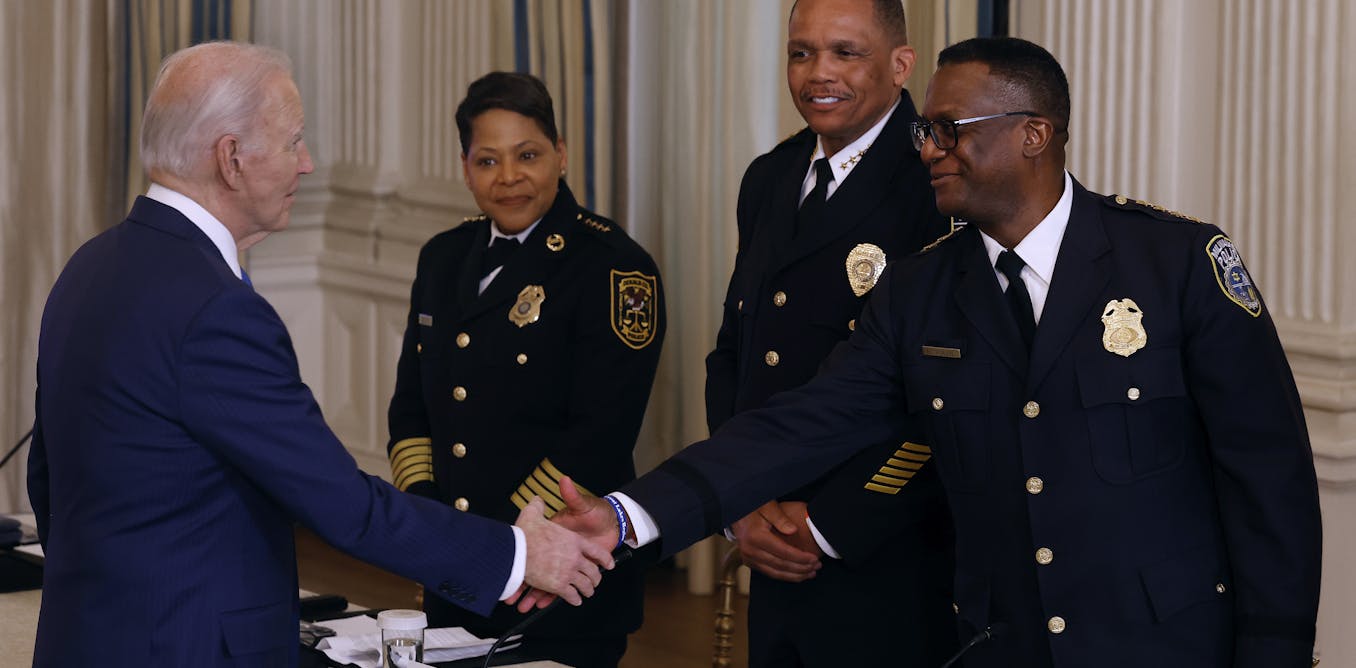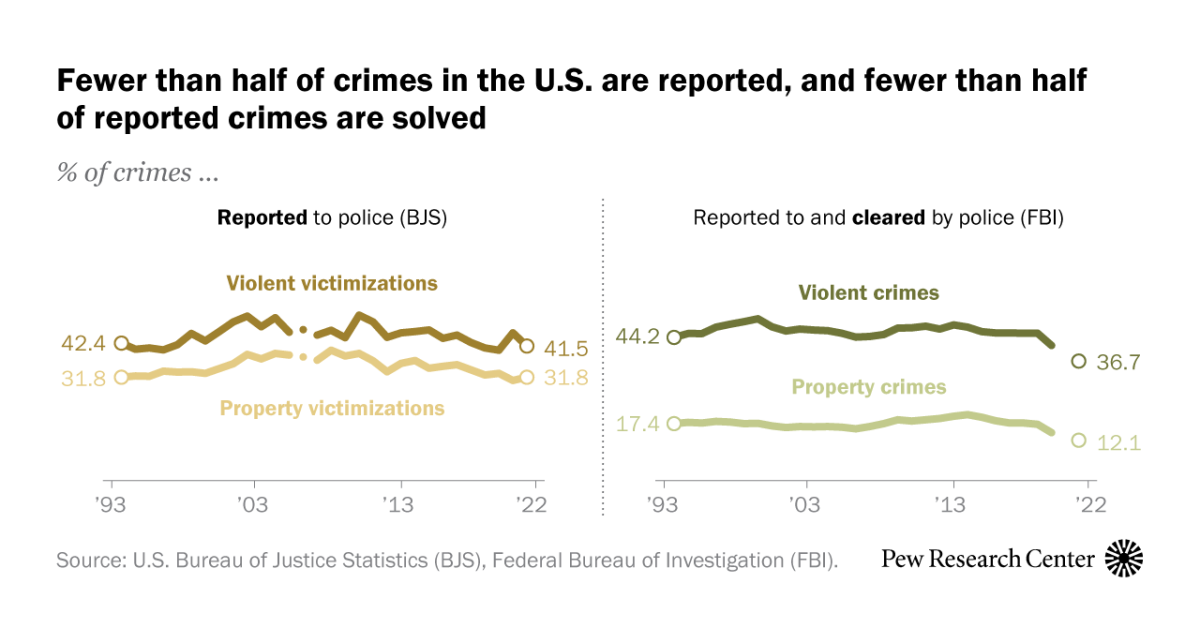
MIT Technology Review
Like a mirage speeding across the dusty desert outside Pueblo, Colorado, the first hydrogen-fuel-cell passenger train in the United States is getting warmed up on its test track. Made by the Swiss manufacturer Stadler and known as the FLIRT (for “Fast Light Intercity and Regional Train”), it will soon be shipped to Southern California, where it is slated to carry riders on San Bernardino County’s Arrow commuter rail service before the end of the year. In the insular world of railroading, this hydrogen-powered train is a Rorschach test. To some, it represents the future of rail transportation. To others, it looks like a big, shiny distraction.
In the quest to decarbonize the transportation sector—the largest source of greenhouse-gas emissions in the United States—rubber-tired electric vehicles tend to dominate the conversation. But to reach the Biden administration’s goal of net-zero emissions by 2050, other forms of transportation, including those on steel wheels, will need to find new energy sources too.
The best way to decarbonize railroads is the subject of growing debate among regulators, industry, and activists. Things are coming to a head in California, which recently enacted rules requiring all new passenger locomotives operating in the state to be zero-emissions by 2030 and all new freight locomotives to meet that threshold by 2035. Federal regulators could be close behind.
Leave a Comment
Related Posts

Worse Than The Disease? Reviewing Some Possible Unintended Consequences of The mRNA Vaccines Against COVID-19
Comment












/cdn.vox-cdn.com/uploads/chorus_asset/file/25263501/STK_414_AI_A.jpg)








